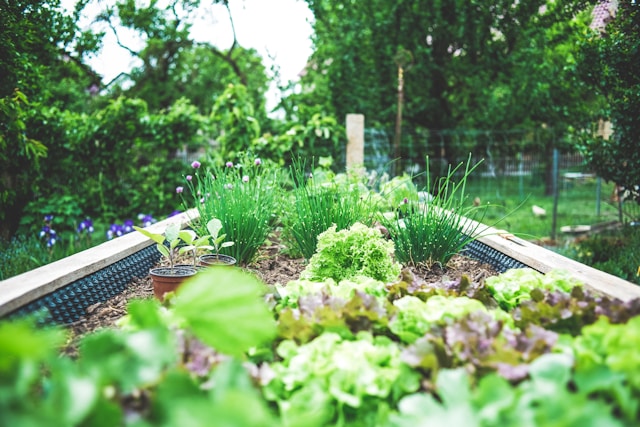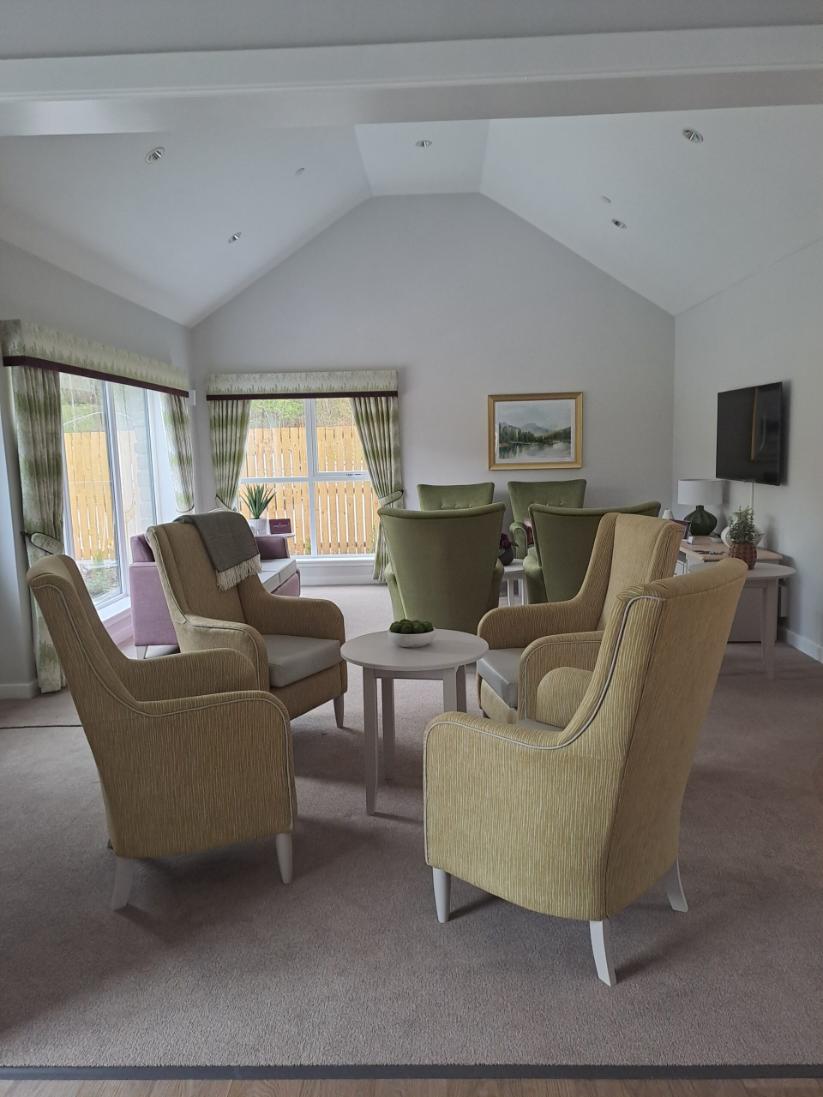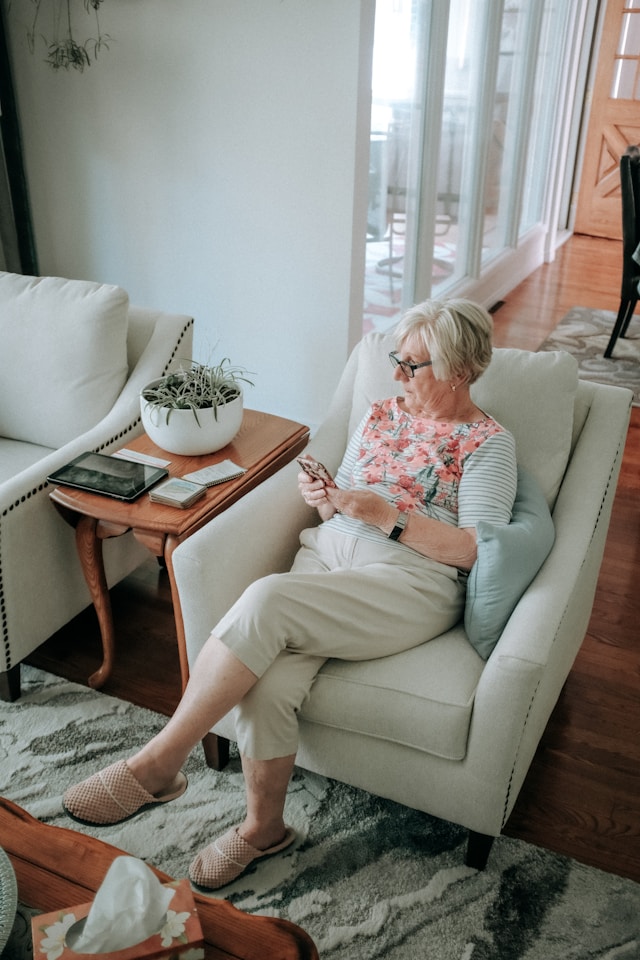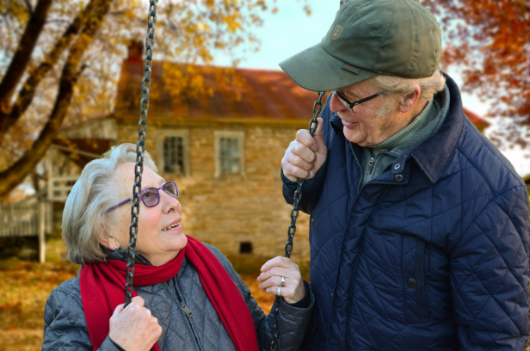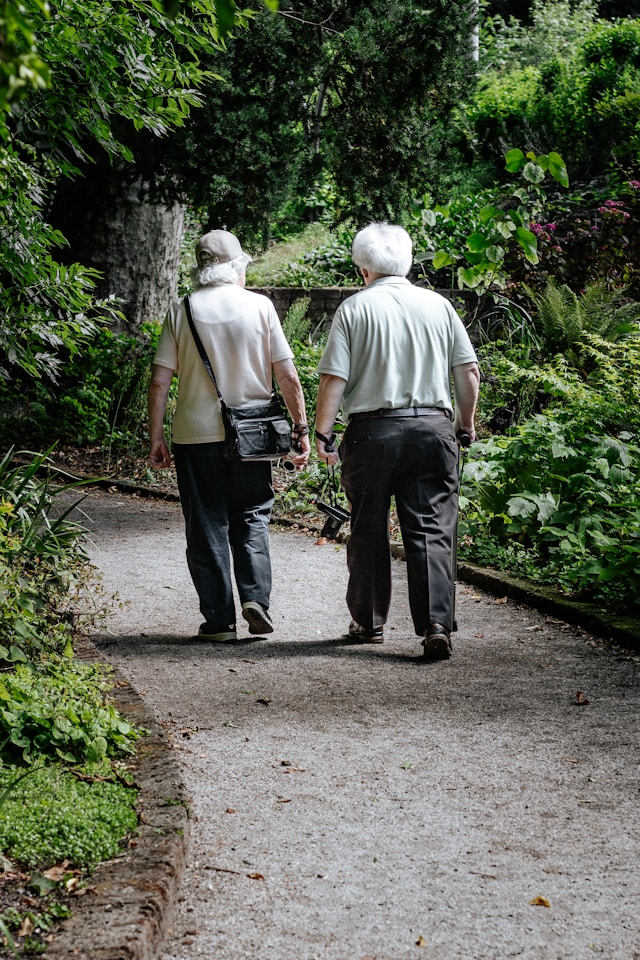What is an Age friendly Community?

Age-friendly communities are designed to meet the needs of people of all ages, fostering inclusivity, accessibility, and connection. While they benefit everyone, age-friendly communities have a hugely positive impact on older adults, particularly those living in care homes, enabling them to remain socially connected and engaged with life beyond their residence. Creating inclusive, accessible spaces isn’t just about physical infrastructure—it’s about building communities where older adults are valued, supported, and empowered to thrive.
Understanding Age-Friendly Communities
Age-friendly communities are environments where policies, services, and structures work in harmony to support healthy ageing. These communities recognise the diverse needs of older adults, enabling them to remain active participants in society. Age friendly communities find support and resources through the UK Network of Age-friendly Communities, which helps them implement best practices and improve local infrastructure.
The World Health Organisation (WHO) identifies eight areas essential to age-friendly communities, including transportation, housing, social participation, and respect for older people. These considerations ensure that communities are not only physically accessible but also socially inclusive. In the UK, the Age-Friendly Communities Network is championing this movement, with local councils, organisations, and care homes working together as part of a network of age friendly initiatives to create environments that prioritize older adults’ well-being. The UK Network of Age-Friendly Communities is a growing movement that aims to enhance the quality of life for older individuals.
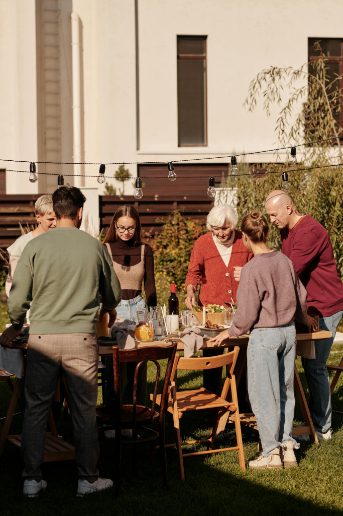

Key Principles of Age-Friendly Design
Age-friendly design is rooted in three core principles: accessibility, safety, and inclusivity. These principles guide the creation of spaces that enable older peopl to navigate their surroundings comfortably and confidently. Creating age friendly communities is all about addressing the challenges posed by an ageing population and urbanisation, ensuring that urban environments promote health, social cohesion, and accessibility for people of all ages and abilities.
Some key features of age-friendly design include:
- Accessible Transport and Roads: For care home residents, reliable, accessible transportation is crucial for outings, visits, and social activities. Pavements, crossings, and bus stops must cater to people with limited mobility.
- Barrier-Free Infrastructure: Parks, shops, and care homes should have ramps, wide doorways, and elevators to accommodate wheelchairs and walkers. These features ensure that care home residents can seamlessly move between their home and the wider community.
- Public Amenities: Simple additions like benches, accessible toilets, and clear signage can make outings more enjoyable and less stressful for care home residents.
By promoting healthy and active ageing, it's much easier to encourage older adults to participate in community life and foster connections with people of all generations.
Community Engagement and Participation
One of the most significant aspects of an age-friendly community is its commitment to social inclusion, giving care home residents the opportunity to share their skills and experiences. This means access to opportunities like:
- Intergenerational Activities: Programmes that bring together children, young adults, and older residents—such as storytelling sessions or gardening projects—help bridge generational gaps and create meaningful connections.
- Cultural Events: From local fairs to theatre performances, inclusive events enable care home residents to enjoy cultural enrichment.
- Community Participation: Older people, including care home residents, can share their skills and experiences through mentoring, or taking part in community projects.
Local groups and organisations also support care homes, helping them organise activities that enrich the lives of residents and build stronger ties with the broader community. Age-friendly communities go beyond infrastructure—they also aim to challenge stereotypes about ageing and foster respect for older adults.
For care home residents, a culture of inclusion creates opportunities to interact with people of all ages and feel like valued members of society. This can include hosting open days at care homes or inviting local schools for visits to help integrate residents into the wider community. Building better links with people of all ages helps care home residents by combating loneliness and strengthening social bonds, creating a richer, more connected community for everyone.
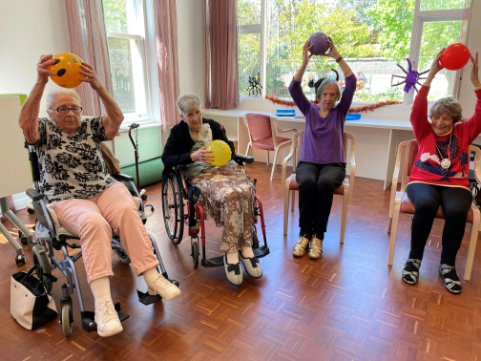

The Benefits for Care Home Residents
Age-friendly communities offer tangible benefits for care home residents, enhancing their physical, emotional, and social well-being:
- Improved Quality of Life: Access to community events and amenities enriches daily routines.
- Reduced Isolation: Social interaction with people outside the care home helps residents feel more connected.
- Enhanced Independence: Accessible transport and infrastructure enable care home residents to explore their surroundings safely.
For care homes themselves, being part of an age-friendly community enhances their role as a hub of activity, creating partnerships and fostering goodwill within the local area.
Pitchroknie Village in Alyth
Designing age-friendly communities isn’t just about meeting the needs of older adults—it’s about building inclusive environments that bring people together, regardless of age or ability. For care home residents, these communities provide opportunities to stay connected, active, and valued. Pitchroknie Village in Alyth, has embraced the principles of age-friendly design to create a truly inclusive environment.
Our village will seamlessly combine accessible housing, shared public spaces, and a focus on intergenerational interaction. For older adults, including care home residents at Osprey Court Care Home, Pitchroknie Village provides a welcoming setting where they can enjoy the best of both worlds—a sense of independence and the support of a connected community. If you'd like to learn more about the care we offer at Osprey Court Care Home please get in touch.

